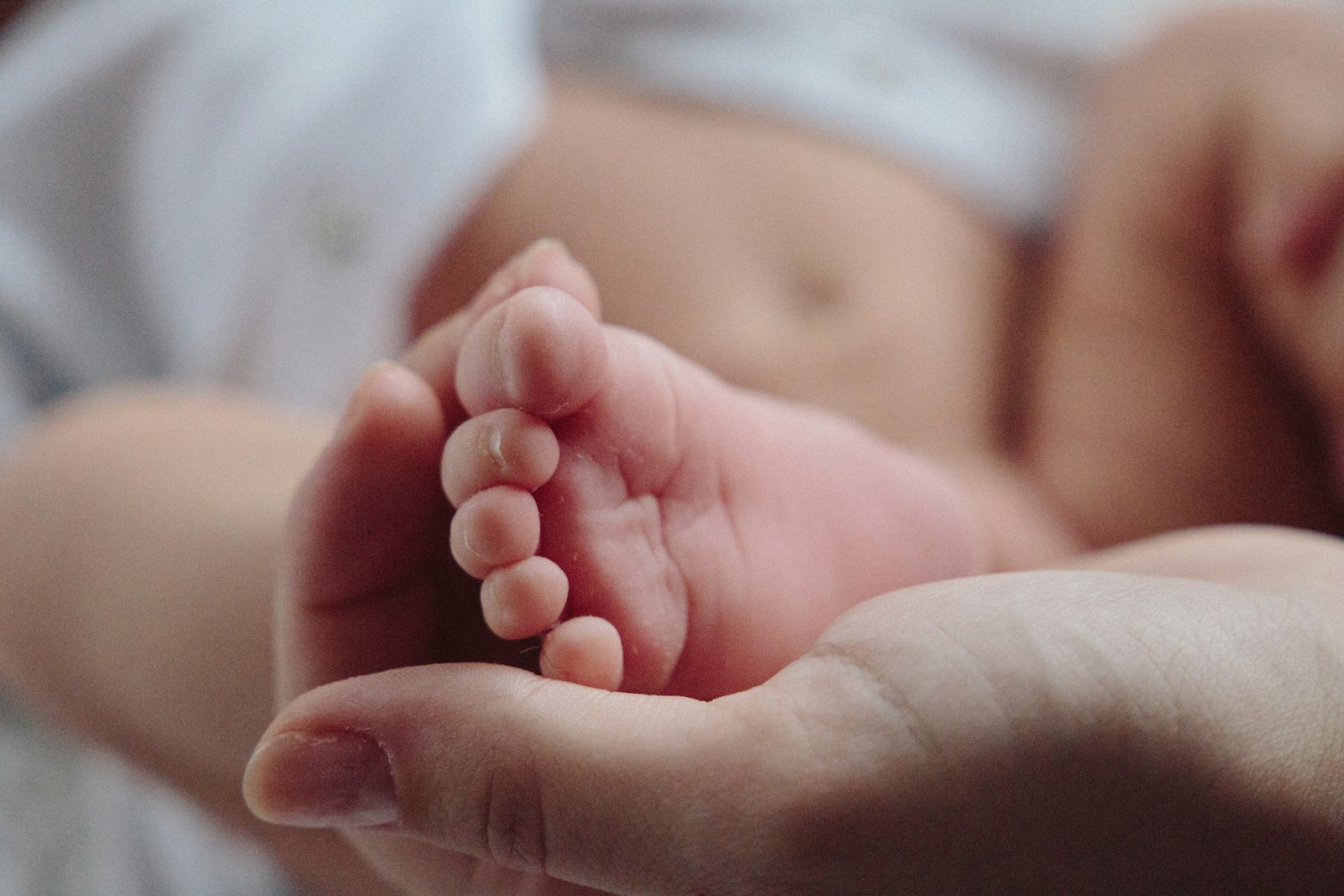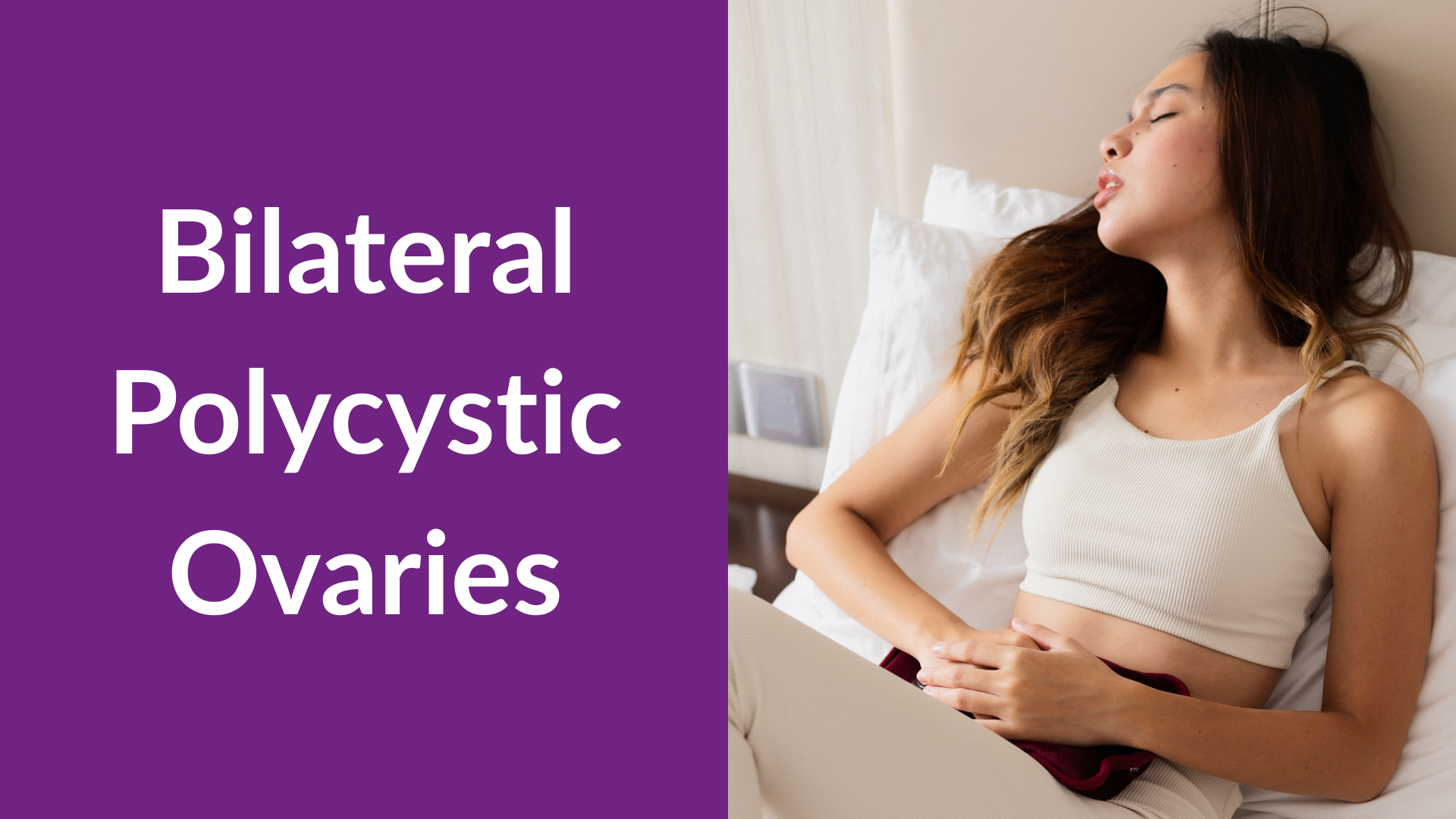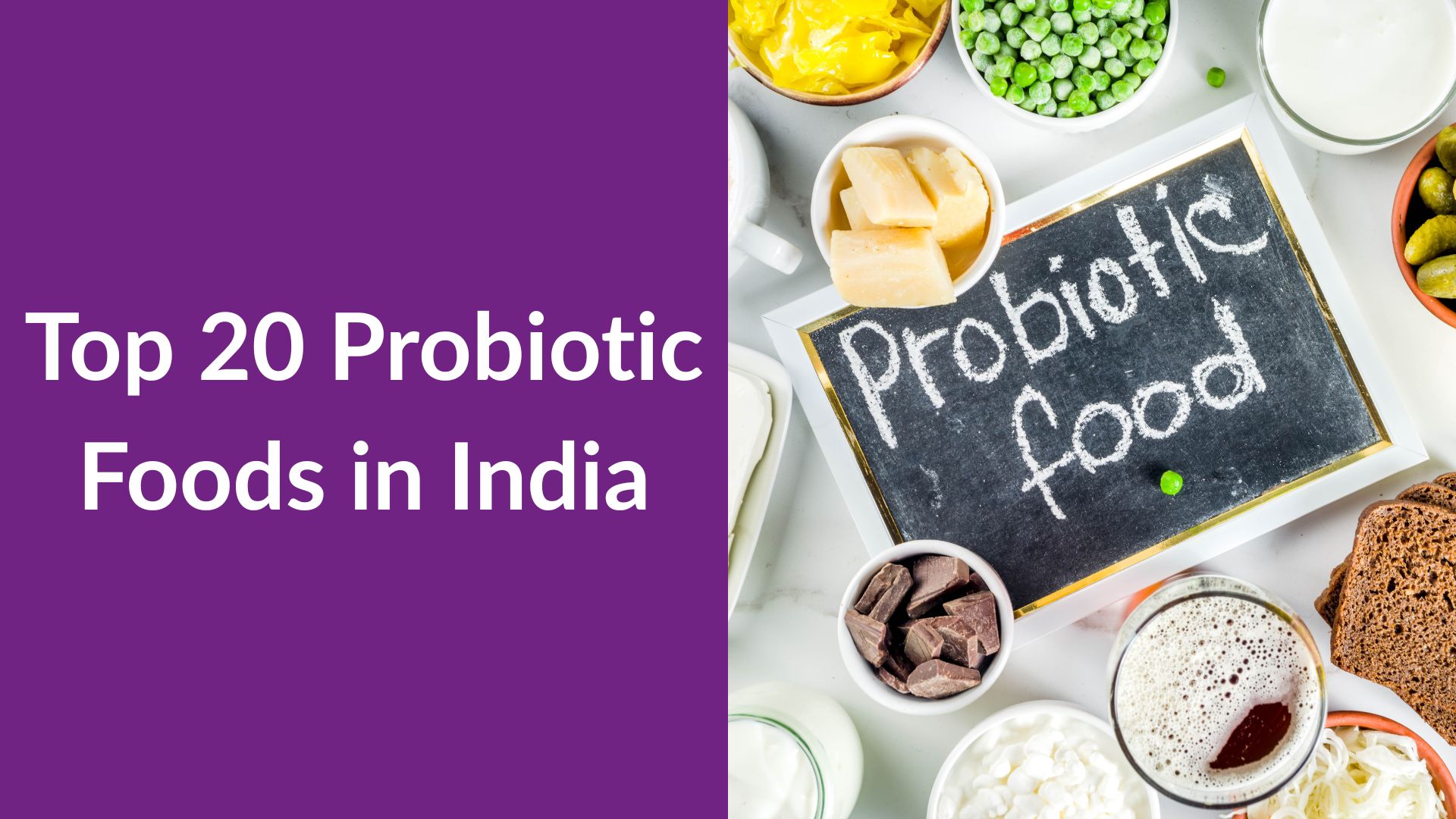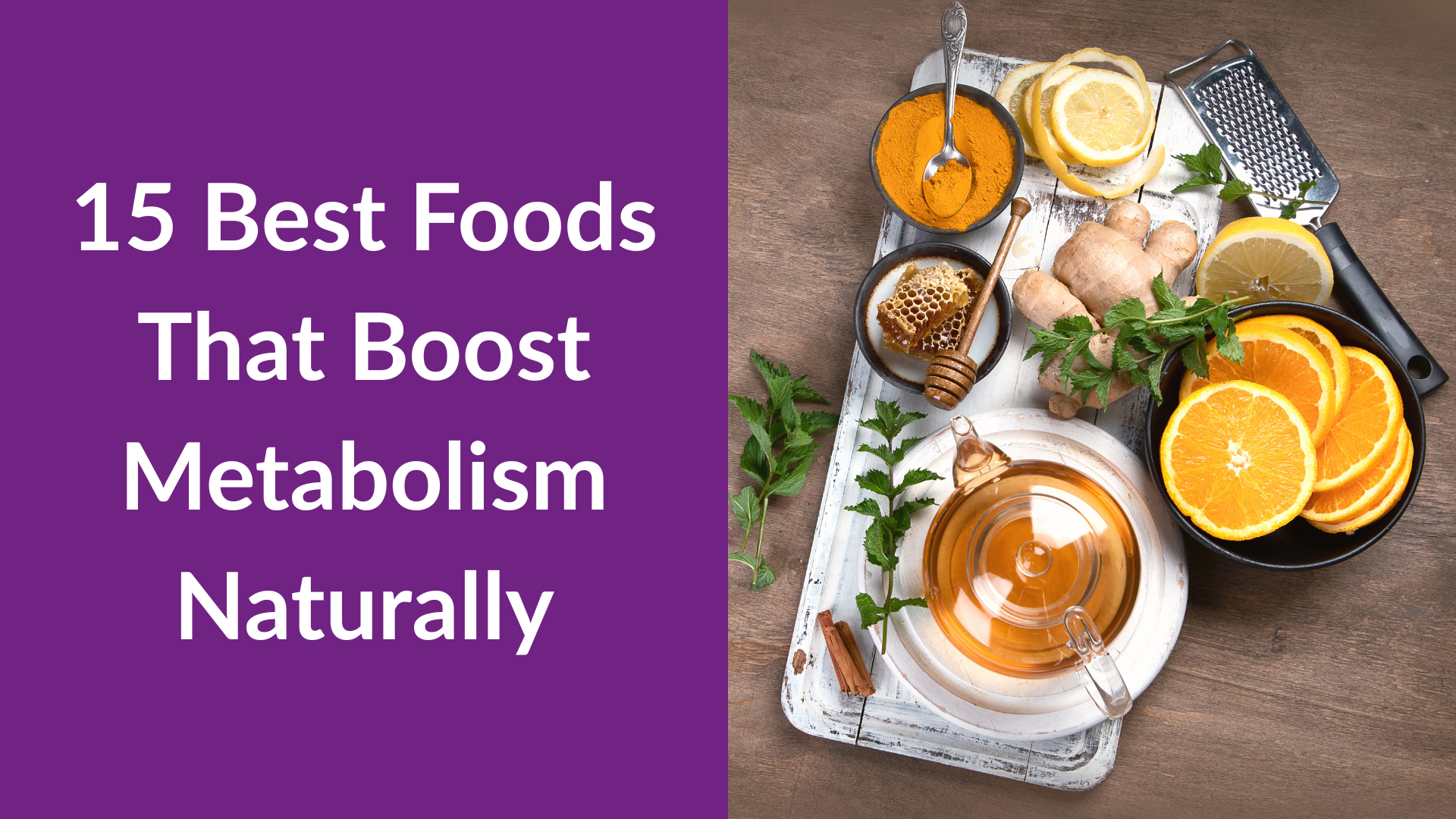Bilateral polycystic ovaries refer to the presence of multiple small, fluid-filled cysts in both ovaries, typically seen in individuals with Polycystic Ovary Syndrome (PCOS). This condition reflects a broader hormonal imbalance that may impact fertility, menstrual regularity, and metabolic health.
In this article, we’ll explore what bilateral polycystic ovaries mean, their causes, symptoms, diagnosis, treatment, and how you can manage this condition effectively.
What Are Bilateral Polycystic Ovaries?
Bilateral means “both sides,” and in this case, it refers to both ovaries showing characteristic changes. Polycystic ovaries have:
- An increased number of immature follicles (typically ≥12 per ovary)
- Enlarged ovarian volume (>10 cm³)
- A “string-of-pearls” appearance on ultrasound
Though polycystic ovaries are one of the diagnostic criteria of PCOS, having them alone doesn’t confirm the syndrome.
Are Bilateral Polycystic Ovaries the Same as PCOS?
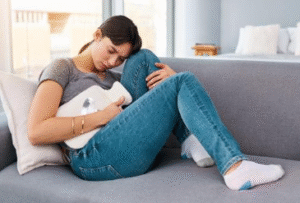
Not always. While bilateral polycystic ovaries are a common finding in women with PCOS, you can have polycystic-appearing ovaries without having the full syndrome. PCOS is diagnosed when at least two out of three Rotterdam criteria are met:
- Irregular or absent ovulation
- Signs of excess androgens (acne, hirsutism, or high blood androgen levels)
- Polycystic ovaries seen on ultrasound
So, bilateral PCOS refers to the syndrome when both ovaries show cystic changes alongside hormonal and ovulatory disturbances.
How Common Is Bilateral PCOS?
PCOS affects up to 15% of women globally especially women who are in their reproductive age. Among them, a significant percentage may have bilateral involvement. In Indian studies, PCOS prevalence is around 9–13%, with a rising trend due to lifestyle and metabolic shifts.
Symptoms of Bilateral Polycystic Ovaries
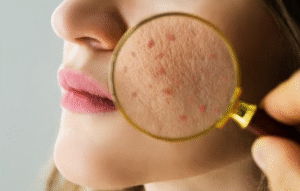
Women with bilateral PCOS may experience a combination of:
- Irregular or absent periods
- Acne and oily skin
- Excess facial or body hair (hirsutism)
- Thinning hair or hair loss
- Weight gain or difficulty losing weight
- Pelvic pain
- Dark skin patches (acanthosis nigricans)
- Infertility or trouble conceiving
- Sleep issues or mood swings
Some women remain asymptomatic and may only discover bilateral polycystic ovaries during fertility evaluation.
What Causes Bilateral Polycystic Ovaries?
The exact cause is multifactorial, involving:
Hormonal Imbalance
Elevated androgens (male hormones like testosterone) can disrupt normal ovulation.
Insulin Resistance
Excess insulin stimulates the ovaries to produce more androgens and over 70% of women with PCOS have insulin resistance.
Genetics
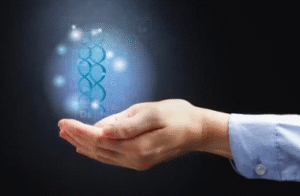
PCOS tends to run in families, if your mother or sister has PCOS, your risk increases.
Inflammation
Low-grade chronic inflammation may be a contributing factor, increasing insulin levels and androgen production.
How Is Bilateral PCOS Diagnosed?
Your gynecologist or reproductive specialist may use the following:
- Medical history & symptoms review
- Transvaginal or pelvic ultrasound – to detect enlarged ovaries and cysts
- Blood tests for:
- LH, FSH ratio
- Testosterone, DHEAS
- Fasting insulin and glucose
- Lipid profile
- AMH levels
Sometimes, additional tests like a glucose tolerance test or thyroid profile may be needed to rule out related conditions.
Types of PCOS (Including Bilateral)
There are four main PCOS phenotypes:
| Type | Description |
| Insulin-Resistant PCOS | Most common; linked with obesity, sugar cravings, and fatigue |
| Post-Pill PCOS | Temporary symptoms after stopping birth control pills |
| Inflammatory PCOS | Elevated CRP levels; often with gut issues and fatigue |
| Hidden-Cause PCOS | Due to thyroid, adrenal, or prolactin disorders |
Bilateral PCOS may manifest in any of these types, especially in insulin-resistant and inflammatory variants.
Can Bilateral Polycystic Ovaries Affect Fertility?
Yes. The main issue is anovulation—irregular or absent ovulation. Without a mature egg release, conception is difficult. However, many women with bilateral PCOS conceive successfully with proper management, including ovulation induction, lifestyle changes, or assisted reproductive technologies like IUI or IVF.
Treatment Options for Bilateral Polycystic Ovaries
Lifestyle Modifications
- Diet: Low-GI foods, rich in fiber, lean proteins
- Exercise: 30–45 minutes of moderate activity daily
- Weight loss: Even a 5–10% reduction can restore ovulation
Medications
- Metformin – Improves insulin sensitivity
- Letrozole or Clomiphene – To induce ovulation
- Oral contraceptive pills – Regulate periods and reduce androgens
- Anti-androgens – To manage acne/hirsutism (e.g., spironolactone)
Fertility Treatments
- Ovulation induction
- IUI/IVF if necessary
- Ovarian drilling (rarely used today)
Long-Term Risks If Untreated
Untreated bilateral PCOS increases the risk of:
- Type 2 Diabetes
- Hypertension & heart disease
- Endometrial hyperplasia/cancer
- Sleep apnea
- Depression & anxiety
Can You Prevent or Cure PCOS?
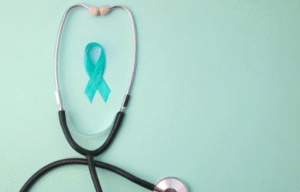
There’s no permanent cure, but symptoms can be effectively managed. While prevention isn’t guaranteed, adopting healthy habits from adolescence can reduce the risk.
Final Thoughts
Bilateral polycystic ovaries are a visible sign of an underlying hormonal imbalance often linked with PCOS. If you’re facing irregular periods, acne, unwanted hair growth, or difficulty conceiving, consult a fertility specialist early.
With timely diagnosis, lifestyle adjustments, and individualized care, you can effectively manage symptoms and protect your reproductive and metabolic health.
